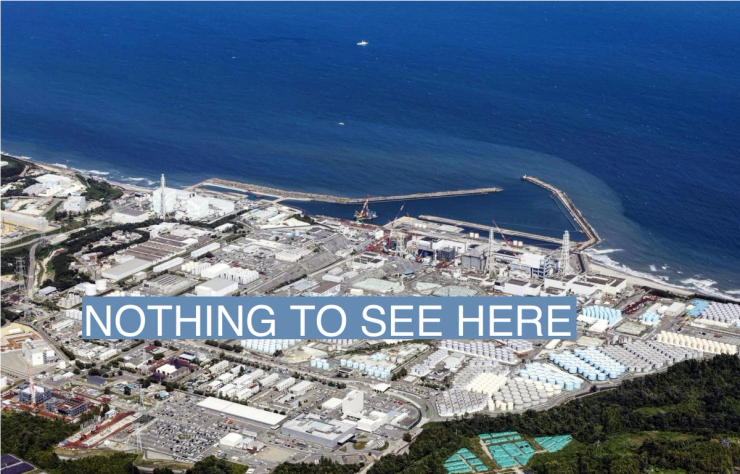The News
Japan began the controversial release of radioactive water into the Pacific Ocean from the site of the Fukushima Daiichi nuclear power plant. The decision sparked criticism despite the water containing a seventh of the tritium — a radioactive isotope — that the World Health Organization considers safe for drinking. The International Atomic Energy Agency — which had a team on-site to review the process — also supported the move, saying its impact would be negligible.
SIGNALS
There’s broad consensus within the scientific community that the plan of pumping the water — 1.3 million tonnes of it over the next three decades — into the Pacific is safe. “I don’t know any scientists in the UK — or indeed worldwide — in the field of radiological protection who are against it• 1 ,” a professor of environmental science at the University of Portsmouth said referring to the scheme. “As a scientist I would have started the release much earlier and done it much more quickly.”
Financial Times, How risky is Japan’s release of radioactive water from Fukushima?
Despite nuclear power plants routinely discharging tainted water into the world’s oceans, often with higher concentrations of radioactive isotopes, Japan's plan attracted widespread condemnation. China, for instance, banned the import of Japanese seafood. “The ocean is the common property of all humanity• 2 , and forcibly starting the discharge of Fukushima’s nuclear wastewater into the ocean is an extremely selfish and irresponsible act,” a Chinese foreign ministry spokesperson said.
The plan has also met some opposition within Japan, notably from some of the country’s fishermen who fear their catch will be stigmatized and demand will fall. “The IAEA and many other countries have said it's safe, so I believe it is• 3 ,” a Japanese NGO worker said. "But fishermen are facing so many problems so the Japanese government needs to do something to convince them.”



